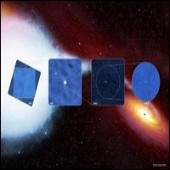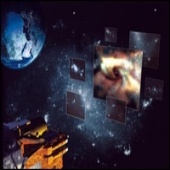ESA Science & Technology - News Archive
News archive
News archive
Published: 29 December 2002
Published: 17 December 2002
Published: 17 December 2002
Published: 16 December 2002
Published: 12 December 2002
Published: 10 December 2002
Published: 9 December 2002
Published: 3 December 2002
Published: 3 December 2002
Published: 2 December 2002
Published: 27 November 2002
Published: 21 November 2002
Published: 20 November 2002
Published: 17 November 2002
Published: 17 November 2002
Published: 13 November 2002
To get around, satellites sailing through space use the same tools that ancient mariners used to navigate the inhospitable oceans - the stars. ESA's SMART-1 mission will test special software that will soon allow spacecraft to calculate and adjust their course all by themselves.
Published: 11 November 2002
Published: 5 November 2002
Published: 5 November 2002
—
20 Items per Page



















